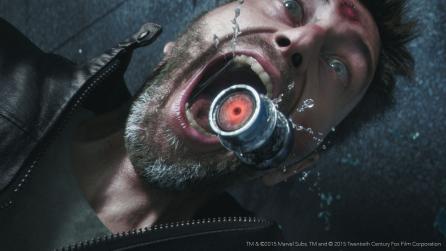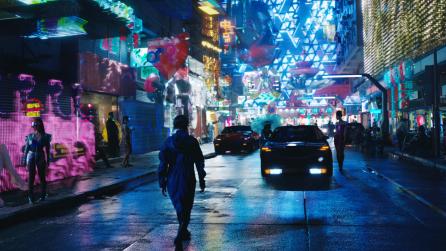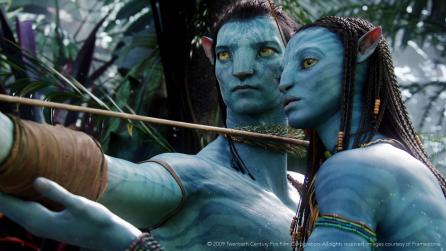Film and TV
How a crisis inspired Victor Perez to become a digital artist
Digital artist Victor Perez explains how he forged a career from the ruins of an earthquake
Victor Perez is so well known and respected in the visual effects industry, it’s hard to imagine there was a day he wasn’t a digital artist. But this official Nuke certified trainer, regular contributor to Nukepedia and member of the Visual Effects Society has a unique story.
The story is so inspiring, in fact, he was recently invited to share it in a TED Talk at TEDxVicenza. This week, we invited him to summarize that presentation for us and tell us more about how he came to be, from our point of view, a Nuke hero.
“I love stories. I myself am a storyteller and since I was a child I’ve dreamed of being a hero, like the ones in the stories. Many years ago I learned that literature or films—stories in general—are made to inspire people, to make us better… to make us become heroes ourselves. So when I was a child I decided to be a hero some day. The story that inspired me the most was Star Wars. I wanted to be like Luke Skywalker. But how would I get there?”
“For myself, like Luke, it took a life-changing event. A tragedy. It’s unfortunate that this is often the path to achieving our goals. Without a great loss, Luke would have stayed a farmer, dreaming of joining the Rebellion… one of these days.”
“And me? Well, I remember several years ago having dinner with a friend. I’d already done some visual effects studies and been involved in some small projects. But that night we were talking about becoming full-time visual effects artists and working on big blockbuster films... ‘one of these days.’ It was just talk. We knew ‘one of these days’ would never actually come.”
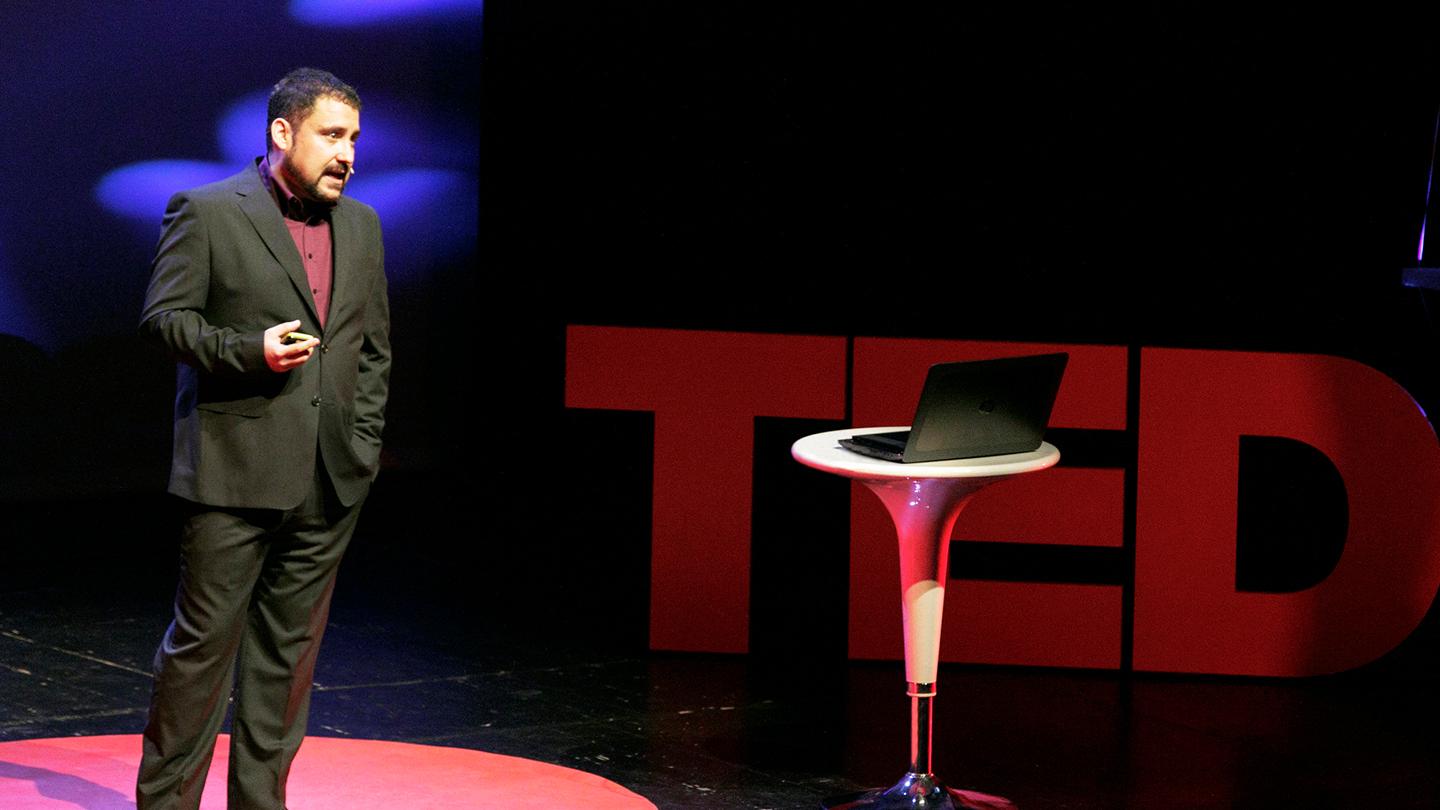
The day that changed everything
“Then ‘one of these days’ arrived. At 3:32 a.m. on April 6, 2009, an earthquake hit the Italian city of L’Aquila where my wife and I were living. We just barely made it outside when our house collapsed. In less than 22 seconds we lost our home, our studio and our little bed and breakfast. My wife and I were literally on the street with just our pyjamas on. We weren’t even wearing shoes and it was only 39°F (4°C).”
“I was traumatized. I couldn't sleep under a roof for a long time without staring at the ceiling, wondering if it would fall on me—as had happened to many people that fateful night. On one of those sleepless nights—while we were living in a hotel room the Italian government provided us after the earthquake—I thought: ‘What happened to me is similar to what happened to Luke Skywalker. I’ve lost everything.’ Then I chuckled. ‘Maybe it's time for me to learn the ways of The Force.’”
“Now, in Star Wars, Luke Skywalker started learning how to use a lightsaber. Of course lightsabers don’t exist in real life. Still, I didn’t see why that should stop me. I shot this video at 3:00 a.m. in a corridor of the hotel while everyone was sleeping. It’s no masterpiece. However, for me it was the start of something.”
“Luke had a lightsaber. I had a laptop a friend gave me. So, I decided from then on to dedicate myself to learning Nuke and the art of digital compositing. Why? First off: I love computers. Secondly, I love art. The third reason: it uses science.”
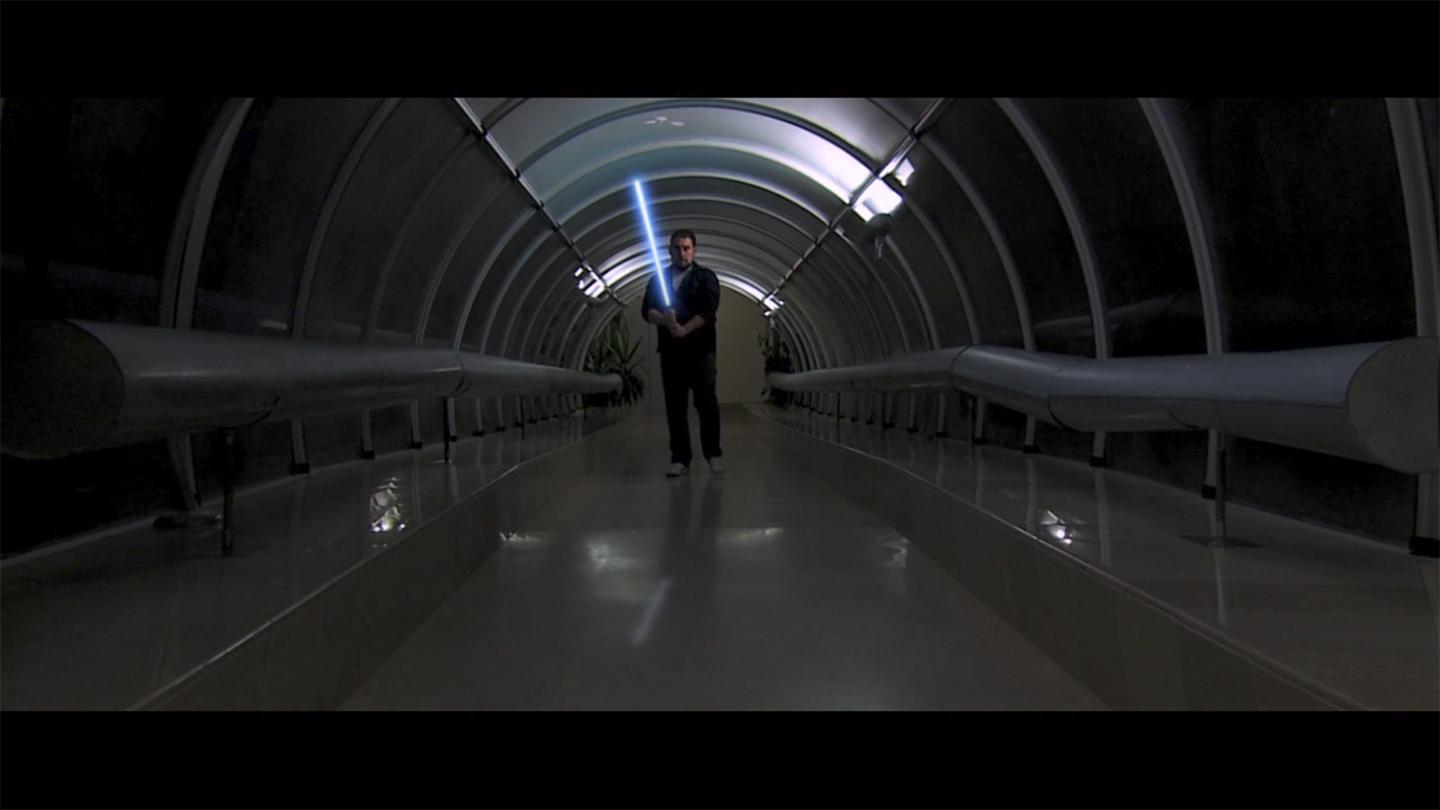
The science of Nuke
“Digital compositing is the art of merging two or more images from different sources, such as photographs, video footage, paintings, or computer-generated images. In compositing we blend these elements together in such a way that it appears they’ve been shot together with the same camera, at the same moment, under the same lights. When a compositor does his job right, nobody notices that what they are looking at is a combination of elements. When he does his job really well, he can make you believe in magic.”
“Overall a computer is to a digital artist what a brush is to a painter. My paint, if you will, is Nuke. I love it. Every node represents a mathematical operation on the values of every pixel in the image. The way we create a composition in Nuke is by using a nodal structure that represents the way our brains work—like a mind map. Using Nuke I can convert artistic, technical and scientific concepts into mathematical computer operations. Every node is like a thought, an idea. When we put many thoughts together in relation to each other, we create a symphony of concepts and ideas that represents the composition.”
Batman and other heroes
“Not long after the earthquake, I moved to London. Little did I know that within three years I’d move from broomstick lightsabers to realizing a lifelong dream. In 2012, I spent nearly six months using Nuke to composite sequences for Christopher Nolan's The Dark Knight Rises.”
“All my childhood I’d wanted to be a hero and make a better world. But it was only after the earthquake I really understood that ‘hero’ could mean many things. The night of the earthquake, I met many heroes—from the firefighters who risked their lives to get us to safety, to an old woman who stopped me on the street and gave me a pair of pants and a shirt from her late husband.”
“It was in that moment I realized a hero is anyone brave enough to grow. Anyone willing to go beyond the self they know in search of who they could be, if they weren’t afraid. Surviving the earthquake, I’ve learned not to wait for ‘one of these days.’ Today is the day to pick up our paintbrushes and paint, and start realizing our dreams.”
Inspired to start a journey with Nuke yourself? Take the first steps here, with a free 30-day trial.
